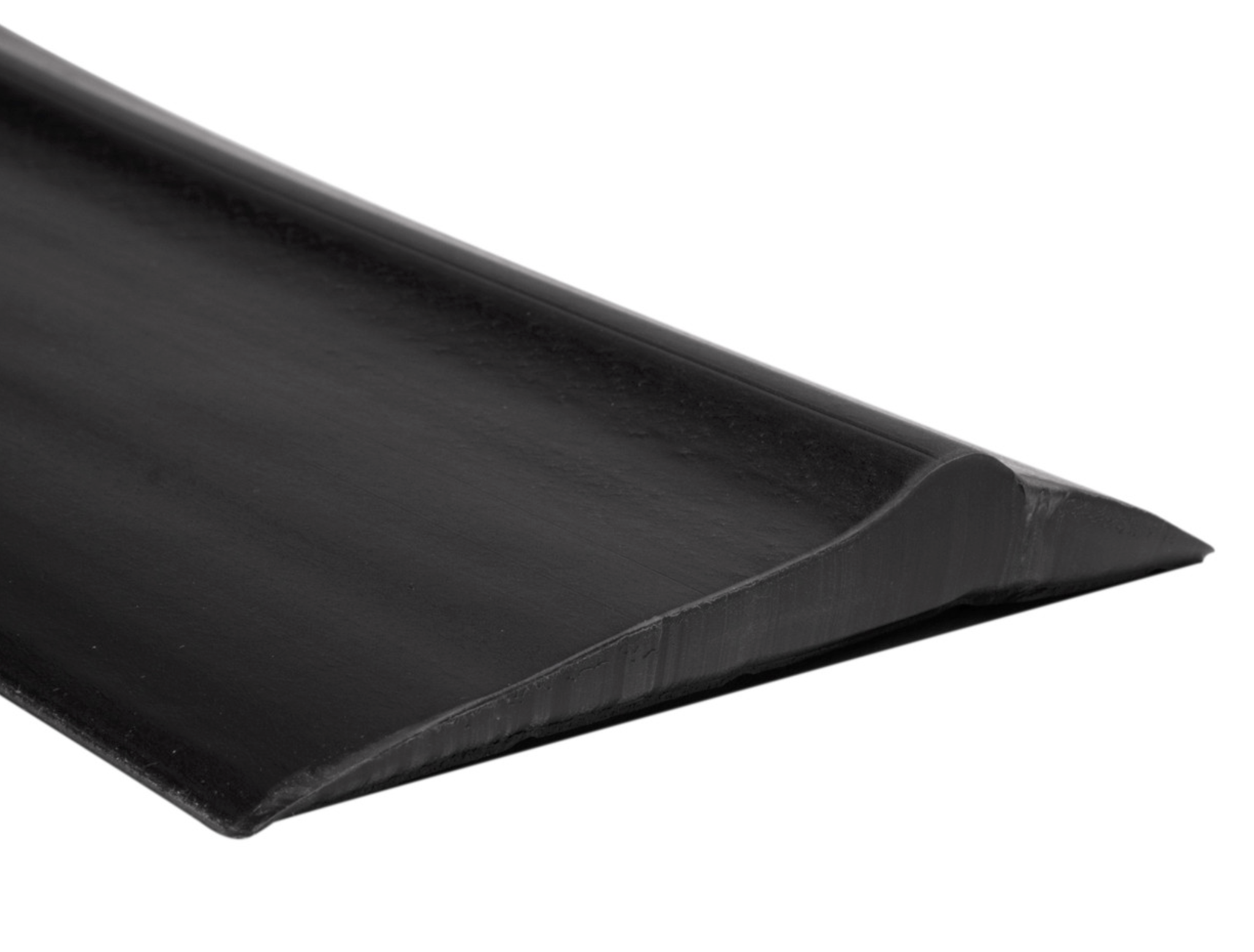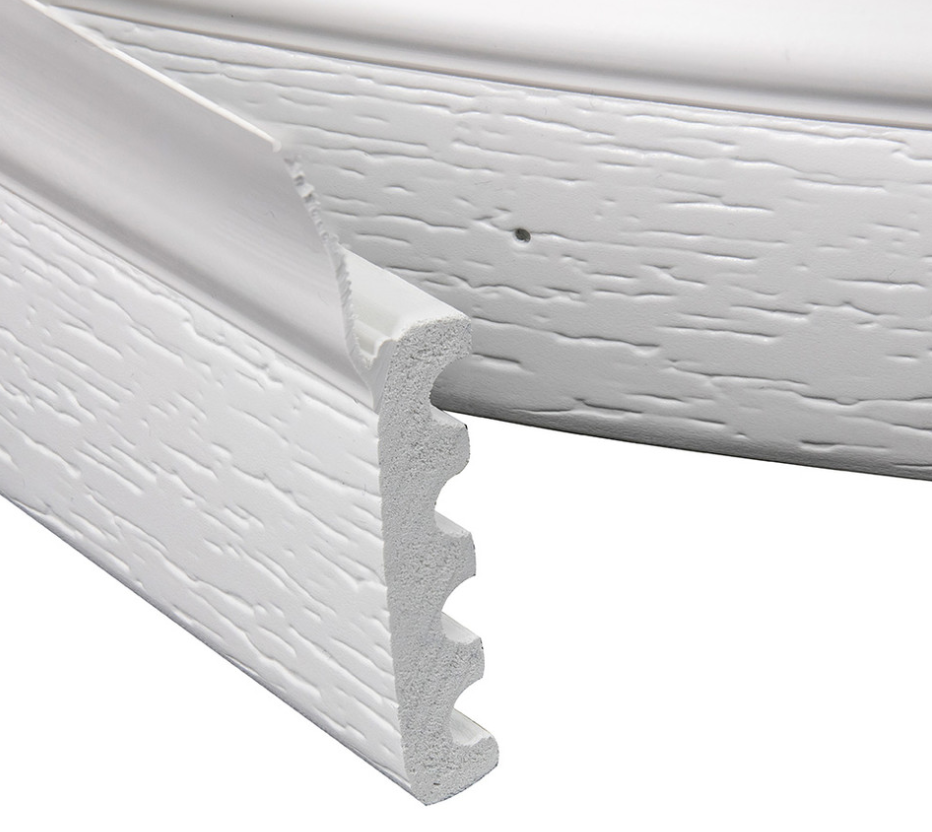Where to Install a Weather Seal on Garage Doors?
Posted by Action Direct on 7th Oct 2024
Learn the Styles & Locations of Weatherstripping
Garage door weather seals are protective barriers installed on a garage door or similar entry point. When the right type of seal is installed, it protects stored valuables from dirt, insects, pests, rain, snow, and more. Seals also block drafts, helping to maintain indoor temperature and reduce energy bills. However, not all seals work equally well in every environment. That’s why our experts created this guide to break down the main types of garage door seals and where each one fits on a door.
Bottom of the Garage Door

The bottom of your garage door is one of its most vulnerable areas. Its proximity to the ground makes it easy for the elements and pests to get inside. You can protect the bottom of a door with either a seal, a threshold, or both.
Bottom Seals
A garage door bottom weather seal is typically made of rubber or vinyl and shaped like a “U” or a bulb. The bottom of the door usually has one or two channels that the seal fits into. When the door closes, the shape flattens to create a tight seal between the garage door and the ground. Some bottom seals are installed using a retainer held in place with bolts or screws.
Bottom seal lifespan depends on the material and your local climate. Cracks or flattening (when the door is open) are signs it’s time for a replacement.
Retainers

A bottom seal retainer is an aluminum strip with tracks to hold the bottom seal. If your retainer is rusty or separating from the door, make sure the new bottom seal fits the retainer tracks. Buying a bottom seal kit is usually easier than purchasing parts separately.
Threshold

A garage door threshold sits directly on the concrete where the door meets the ground. It creates a seal when the door presses against it while closing. Thresholds are among the easiest seals to install, with some offering peel-and-stick options for quick setup.
Side and Top of the Garage Door
The sides and top of a garage door might not seem like trouble spots, but the gaps they create allow air, pests, and weather to get in. These areas can be sealed using jamb seals or brush seals.
Jamb Seal / Stop Molding Seal

Jamb seals like Duraseal are installed on the inside edge of the door frame. The vinyl fin presses against the closed garage door to keep out air, moisture, and pests. Many jamb seals come in a variety of colors or are paintable to match your garage door. Action Direct offers six color options: black, white, brown, almond, sandstone, and gray. Like all vinyl seals, if they crack or warp, they should be replaced promptly.
Brush Seal

Brush seals are more durable and more effective than vinyl seals at blocking air infiltration. Like bottom seals, brush seals on the sides and top slide into retainers installed on the door jambs. While brush seals provide superior protection, they are not often used on residential doors because vinyl offers a better aesthetic. Side and top brush seals generally last around five years. When bristles fall out or become misshapen, it’s time for a replacement.

Need More Information about Weatherstripping for Your Garage Door?
Please ask. Our in-house experts at Action Direct are here to help with all your garage door questions. Get in touch with our support crew.
